35+ Tenant Receipts
-
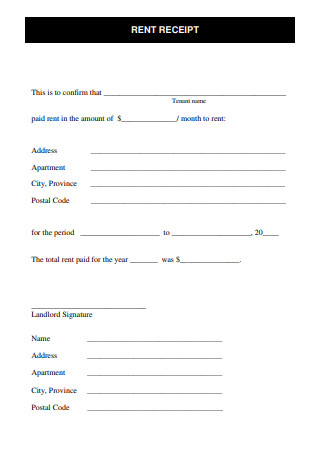
Tenant Rent Receipt
download now -
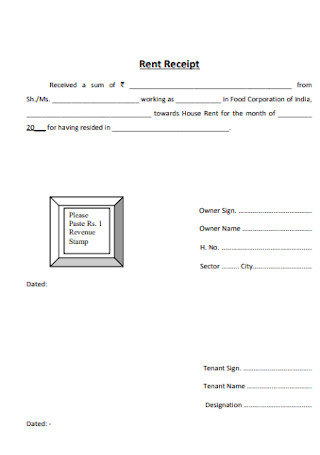
Formal House Rent Receipt
download now -
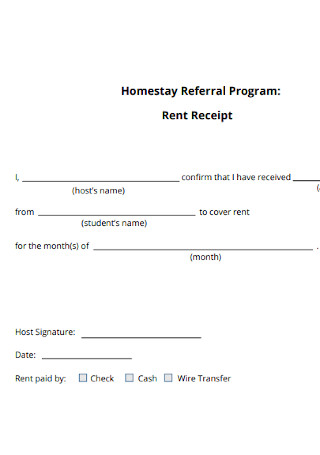
Homestay Program Rent Receipt
download now -

House Rental Receipt Template
download now -
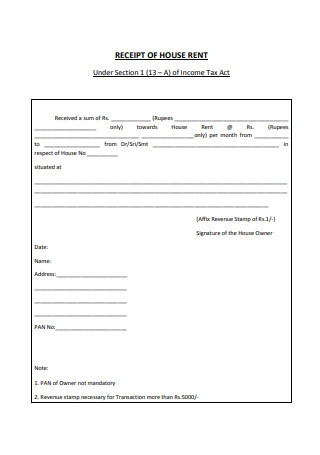
Landlord Receipt of House Rent
download now -
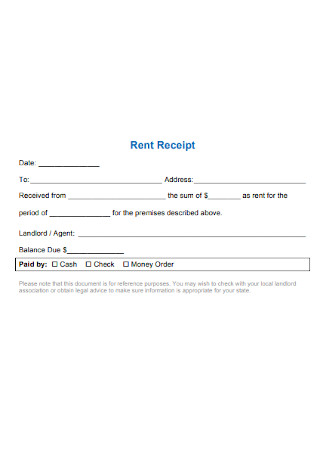
Sample Tenant Rent Receipt
download now -
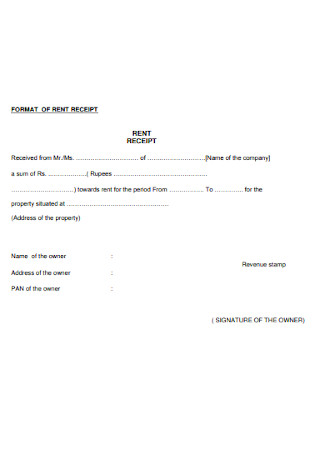
Format of Rent Receipt
download now -
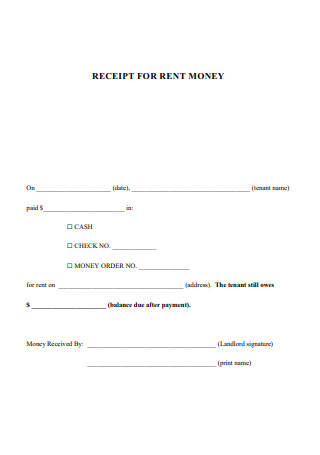
Receipt for Rent Money
download now -
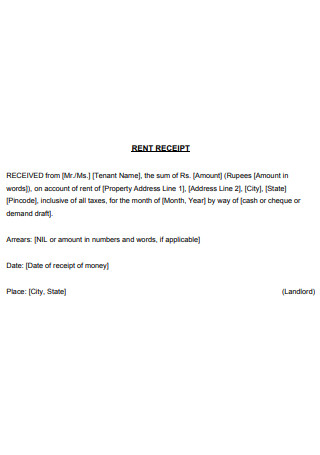
Online Tenant Rent Receipt
download now -
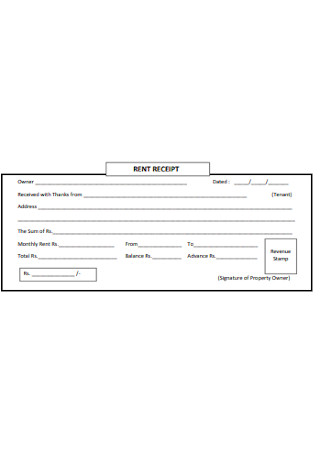
Tenant Monthly Rent Receipt
download now -
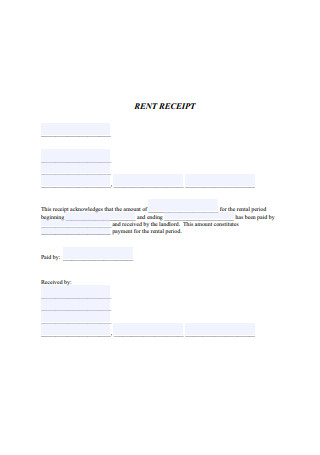
Tenant Rent Pay Receipt
download now -
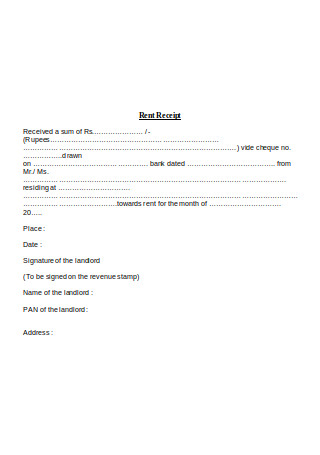
Sample Rent Receipt Format
download now -
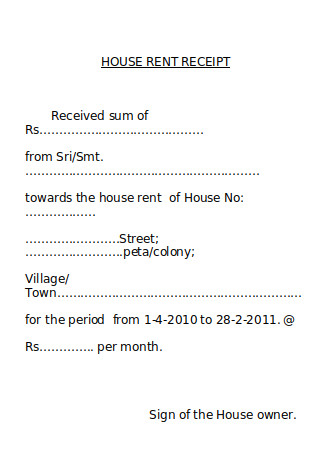
Tenant House Rent Receipt
download now -
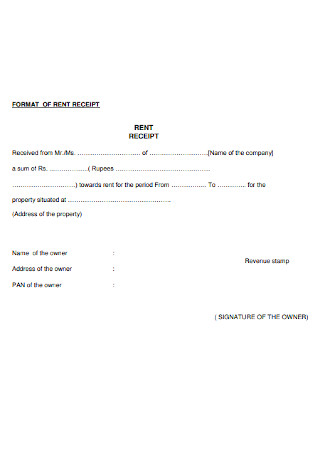
Monthly Rent Receipt Format
download now -

Formal House Rent Receipt
download now -
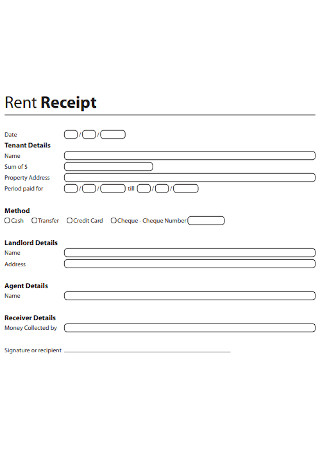
Monthly Tenant Rent Receipt
download now -
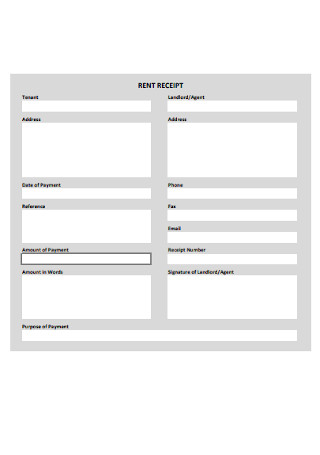
Monthly Rent Receipt Template
download now -
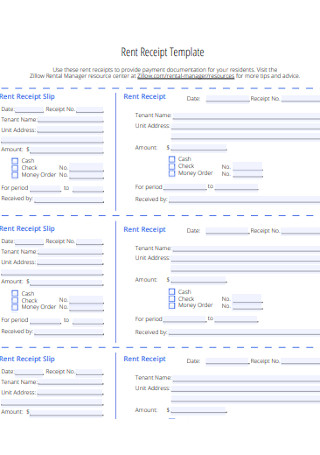
Monthly Rent Slip Receipt Template
download now -
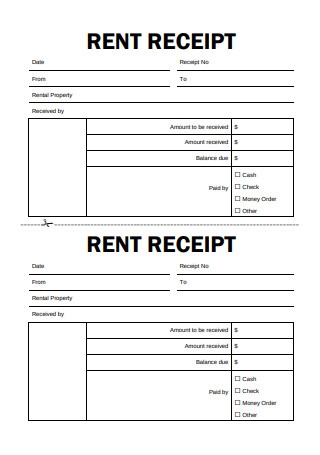
Tenant Rent Received Receipt
download now -
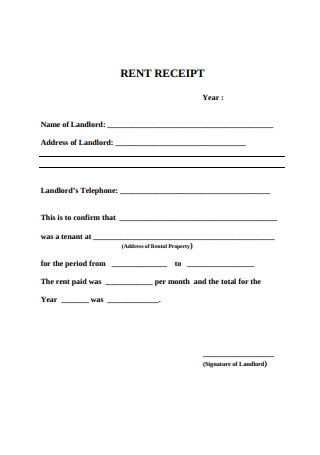
Landlord Monthly Rent Receipt
download now -
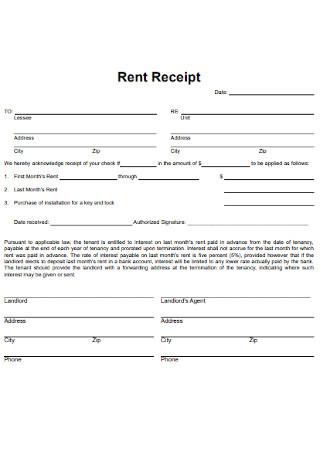
Standard Monthly Rent Receipt
download now -
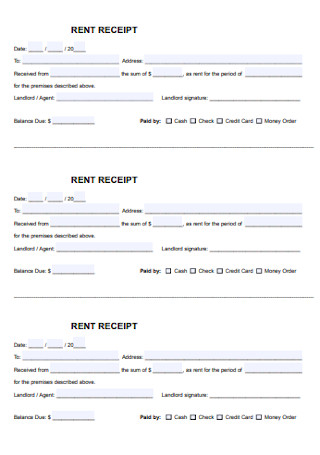
Monthly Property Rent Receipt
download now -
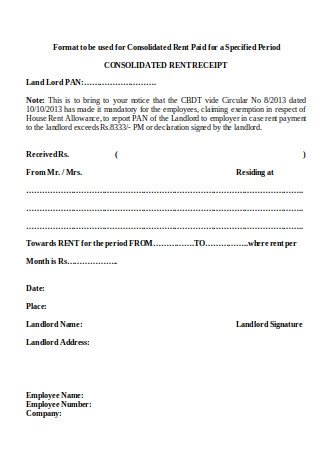
Tenant Consolidated Rent Receipt
download now -
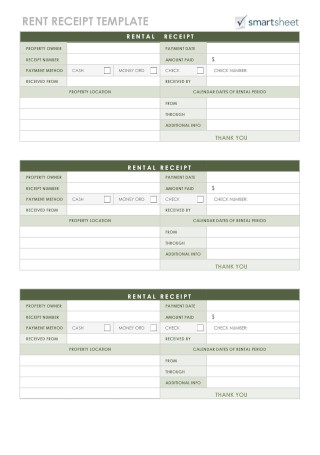
Tenant Rent Receipt Template
download now -
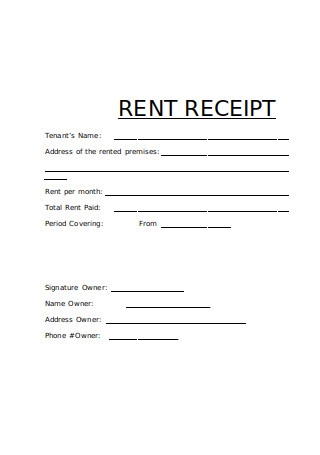
Editable Tenant Rent Receipt
download now -
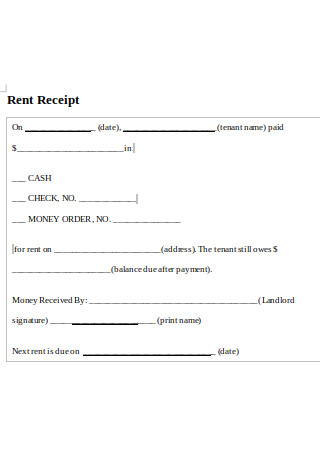
Tenant Rent Received Receipt Form
download now -

Rent Payment Receipt
download now -
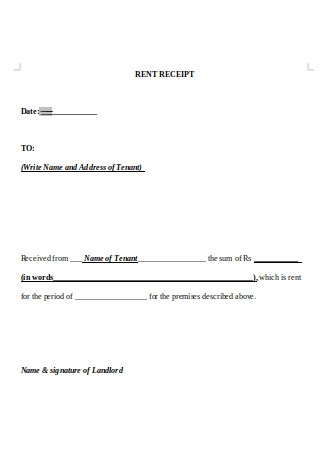
Tenant Rent Receipt in Word
download now -
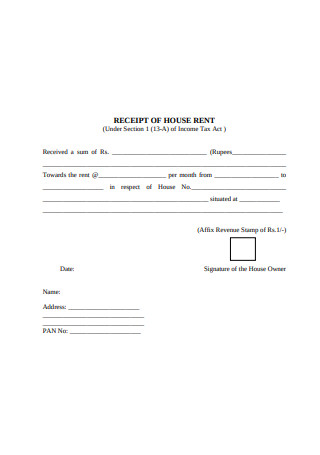
Landlord Receipt of House Rent
download now -
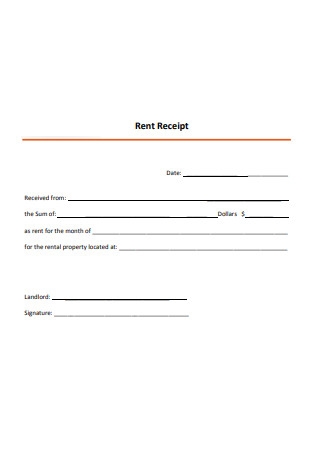
Landlord Rent Receipt Template
download now -
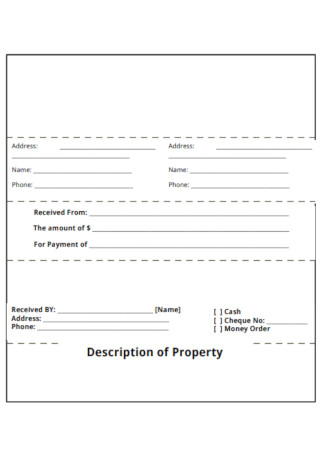
Simple Rental Receipt Template
download now -

Rental Receipt Format
download now -
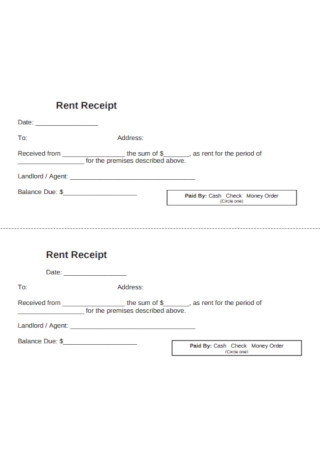
Standard Tenant Rent Receipt
download now -
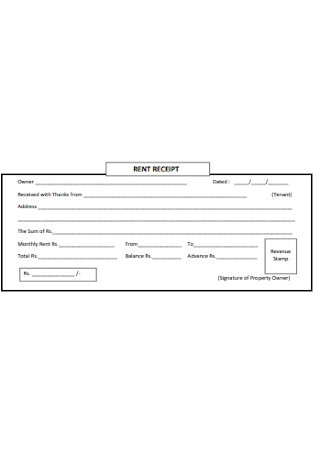
Tenant Monthly Rent Receipt
download now -
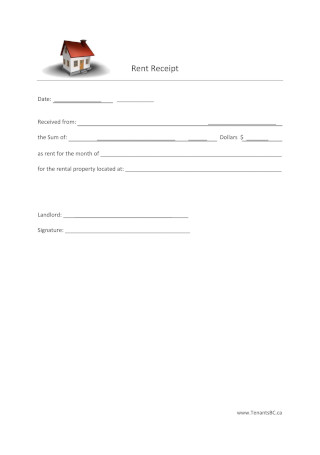
Simple Tenant Receipt
download now
What Is a Tenant Receipt?
Rent official receipt is an essential document for both landlord and tenant even if it is not required in all states. If you have a rental business, some states may require you to be responsible for issuing tenant receipts to your renters. Aside from helping landlords keep important lease records, this type of business receipt provides tenants with proof that their rent has been paid.
Although it comes in many names like landlord receipt, rental receipt, or lease receipt, a tenant receipt serves the same purpose as them and this is to acknowledge something with value is transferred such as payment made by a tenant. Commonly, tenant receipts are composed of the property address, payment source, landlord’s signature, and most importantly the amount paid. There are other additional parts depending on the intent of the receipt.
According to a report published by United Nations, there are 3.6 Million Eviction Cases filed on average each year in the United States, which results in approximately 1.5 million eviction judgments annually. Many factors can affect the eviction rate. In most cases, it is a cause and consequence of poverty. While housing costs are high in the US, renting households struggles with their expense, placing them at risk of eviction.
What Are the Different Types of Receipts?
In every purchase we make, we receive a receipt. Usually, it contains details of the business providing the receipt as well as a breakdown of services or goods, amount, date of purchase, and, sometimes, the name of the cashier. But did you ever wonder why businesses are obliged to issue receipts? And why it became a customer’s responsibility to keep them? Well, the quickest answer to these questions is it can lower your taxable income return and increase your potential for a tax refund. Sounds like good news, is not it? But not all receipts are qualified for this. There are only a few acceptable receipt forms and we thought you might want to get acquainted with them. Below are the different types of receipts, let us take a look.
How to Make a Tenant Receipt
If you manage a rental property, whether you rent out an apartment or a whole house, it is imperative that you give tenants a receipt when they make payment for the lease. Depending on the agreed-upon rental contract, collecting payment should be done regularly since many states mandate landlords to provide business receipts. The reason why it is required is that receipts give tenants a way to prove they have paid rent in case matters escalate to the law of court. Tenants can also use the receipts as proof of payment when claiming the renters’ tax credit offered by selected jurisdictions. Because of that, learning how to create a receipt is a good investment. We can help you with that by reading the tips and tricks below. Let us get started, shall we?
Step 1: Collect Payment From Your Tenant
Before a tenant can move into the property, they should sign a lease agreement first. Make sure that both parties are on the same ground when establishing the agreement. Additionally, the agreement must contain the payment terms, which discuss how often rent will be collected by the landlord. It could be monthly or bi-monthly. Take time to talk with each other, and once everything is settled, stick to the rent agreement for the entire lease term to avoid complications.
Step 2: Use a Ready-Made Receipt Template
When it is time to collect rent, as a landlord, ensure that a receipt is right at your fingertip. If not, then create a tenant receipt that is suitable for lease transactions. There is no single way to make your payment receipt. You can use the format from an old receipt if there is any. Or you can use a printable template, to make a new receipt. Start by browsing through our website and discover an array of different stencils fitting for personal and business needs. To select your template, click the download button. After that, you can begin editing the template using a compatible editing tool.
Step 3: Incorporate Business Details
Editing a receipt template is not as challenging as you think. It is easy because each of our templates comes in with suggested content ready to be modified. Provide a title for your sale receipt and incorporate the business details. Place beneath the title the location of the rented property. Moreover, add the business’s contact information including telephone number, mobile number, and email address.
Step 4: Provide Tenant Information
The body of the cash receipt is its most important part. This section outlines a detailed breakdown of the transaction. It includes the amount due, date of payment, sub-total, applicable tax, discount, and the total amount paid. When all this is covered, indicate the name of the tenant and you can even include what property they are leasing and when they started renting it. Lastly, let the landlord sign the receipt to make it valid. Keep it for at least three years of its validity as it is useful if a dispute arises.
FAQs
What should you include in a tenant receipt?
- Date in mm/dd/yy format
- Receipt number
- Name of tenant
- Amount paid to the landlord
- Method of payment
- Address where the payment is made
- Name of the person who received the payment
- Address of the rented property
- Contact Details
- Landlord signature
Why receipts are important?
Having a landlord’s official receipts means you are current with your rent payments. If the landlord claims you have not paid yet, you can present a copy of the receipt you received from them. Likewise, if a landlord sues you for nonpayment or takes you to court for eviction notices, you can prove your payment by showing the fee receipt.
How is receipt beneficial to a landlord?
A lease receipt helps landlords keep track of which tenants have paid and which have not. However, a receipt of payment by check does not prove that the check actually cleared. If a check is invalid, the landlord can still go after the tenant for the nonpayment of rent.
A working receipt template is not just beneficial to rental businesses. It is one of the most important business documents. When you invest in making reliable receipts, it can contribute to business success because having a record of transactions gives you an overview of your financial situation.
